Nikon has announced the Nikkor Z 70-180mm f2.8 telephoto zoom lens, which is available world-wide from mid-July with US pricing set at $1249.
This lens was announced along with the Nikkor Z 180-600mm f5.6-6.3 VR super-telephoto lens, covering the full telephoto zoom range for Nikkor Z cameras.
The US press release labels this 70-180mm f2.8 as ‘completing the trio of affordable f2.8 zooms’, with it joining the 28-75mm f2.8 and 17-28mm f2.8. The strategy behind this trio is to provide photographers an ‘ideal upgrade… for those looking to take their creativity to the next level’.
The local release notes the trio of lenses, but fails to mention their affordability. This may be due to Nikon Australia’s reluctance to provide local pricing – a lens can’t be described as ‘affordable’ if the pricing ‘spec’ isn’t provided. As we note in our preamble of the Nikkor Z 180-600m press release, pricing and availability information ‘details are equally as important as the various specs and features’.
Here is the press release:
Inspire Creativity with the NIKKOR Z 70-180mm f/2.8
Get closer and bolder with the new NIKKOR Z 70-180mm f/2.8, Nikon’s latest telephoto zoom lens, which enables creative brilliance with its compact design and exceptional operability
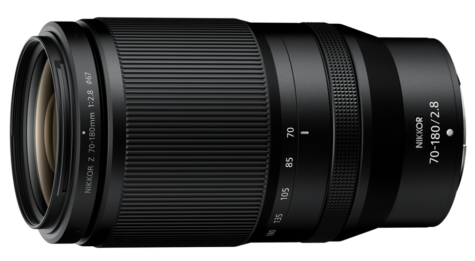
Sydney, Australia – 21st June 2023 – Nikon introduces the NIKKOR Z 70-180mm f/2.8, the latest lens in the full-frame/FX-format line-up that embodies creative brilliance, effortless operability, and exceptional optical performance. Housed in a lightweight body, the NIKKOR Z 70-180mm f/2.8 is the newest telephoto zoom lens optimised to capture both stills and video in a compact design.
“Whether you are capturing fast-paced action or focusing on subjects to achieve stunning bokeh, the NIKKOR Z 70-180mm f/2.8 delivers exceptional results under any scenario. The 70-180mm focal length combined with a constant fast maximum aperture of f/2.8 ensures an impressive reach, allowing users to capture distant subjects with ease,” said John Young, General Manager of International Marketing, International Business Division of the Imaging Group, Nikon Australia

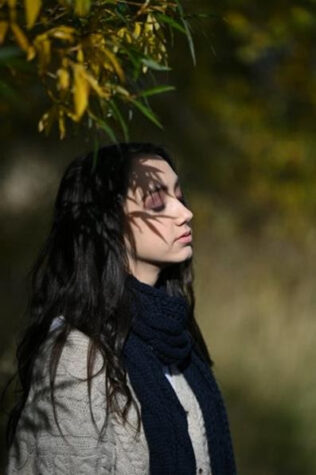
NIKKOR Z 70-180mm f/2.8 PRIMARY FEATURES
Performance that goes the distance
Capture sharp images of moving subjects in low-light situations due to the NIKKOR Z 70-180mm f/2.8’s ability to take in a large volume of light, simply by setting a faster shutter speed with minimal increase of ISO sensitivity. If you need to go even further, attach a teleconverter to extend the focal length up to 252mm with TC-1.4x and 360mm with TC-2.0x, respectively[1]. Combined with the large bokeh and telephoto compression effect, users can capture portraits that stand out, even in situations where the subject is at a distance, with the bright f/2.8 maximum aperture.
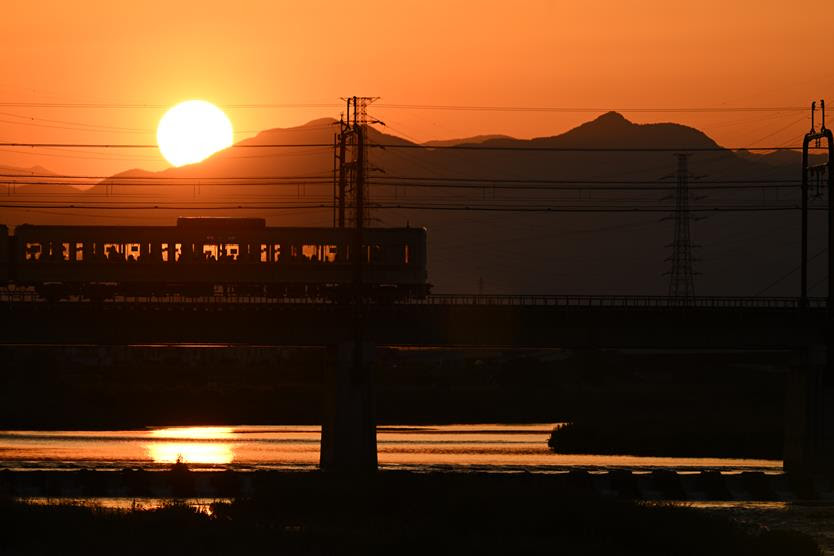 Shoot diverse scenes, from majestic landscapes to detailed portraits with the NIKKOR Z 70-180mm f/2.8 broad focal length of 70-180mm. With this lens, shooting portraits (at the 180mm end) makes all the difference, as its maximum aperture isolates the subject with shallow depth of field and soft bokeh. Users who love capturing landscape photos (at the 70mm end) will appreciate the ability to stop down the lens’ aperture, which creates high-resolution images with clear details.
Shoot diverse scenes, from majestic landscapes to detailed portraits with the NIKKOR Z 70-180mm f/2.8 broad focal length of 70-180mm. With this lens, shooting portraits (at the 180mm end) makes all the difference, as its maximum aperture isolates the subject with shallow depth of field and soft bokeh. Users who love capturing landscape photos (at the 70mm end) will appreciate the ability to stop down the lens’ aperture, which creates high-resolution images with clear details.
 Photo: Takahiro Sakai.
Photo: Takahiro Sakai.
Lighter weight, better portability
Small in size yet big on performance, the NIKKOR Z 70-180mm f/2.8 weighs approximately 795g with a total length of approximately 151mm [2], making it the ideal everyday companion during travels and for capturing daily snapshots. The lens features a compact design that lends itself to easy transportation and helps to reduce fatigue during longer shoots, despite being a fast telephoto zoom lens.
Ideal for both indoor and outdoor photography, the lens features a zoom lock switch that allows easy operation using the left hand while holding the lens. Furthermore, its dust-and-drip resistant [3] design helps to prevent dust and liquid from entering the lens.
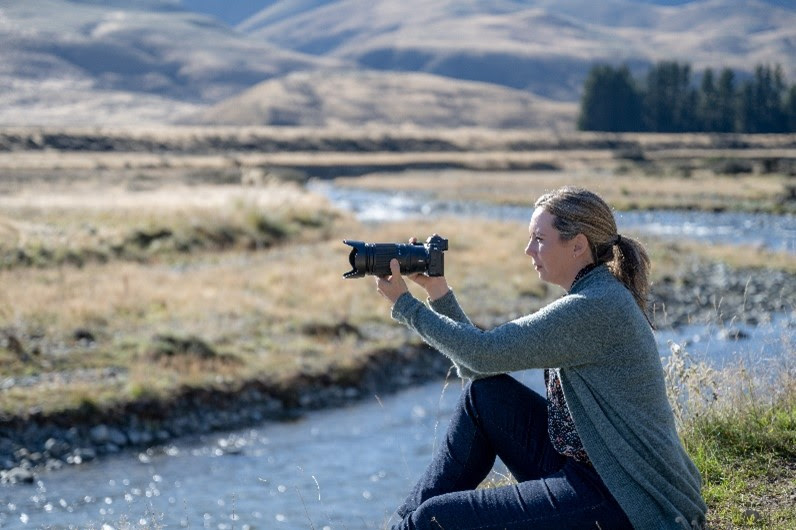 Photo: Chloe Lodge.
Photo: Chloe Lodge.
Exceptional operability
Users who love capturing the finer things in life will appreciate the NIKKOR Z 70-180mm f/2.8 AF for close-up photography [4] at minimum [5] focus distance of just 0.27m (at the maximum wide-angle position). The finer AF drive enables focusing on the minimum focus distance. With the maximum aperture, users can achieve a unique soft depiction. Users can get closer and comfortably photograph their subjects with the lens’ maximum reproduction ratio of 0.48x. And with the TC-2.0x teleconverter, the maximum reproduction ratio is 0.96x – achieving images that are close to life-size reproduction.

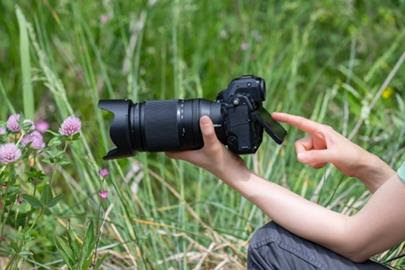
Shooting fast action movements often produce blurred images due to camera shake. With the NIKKOR Z 70-180mm f/2.8, users can capture sharp images and videos of athletes in action or their favourite furry friends running in the park, thanks to the lens’ fast AF with stepping motor (STM) that enables quick focusing and a quiet AF drive that minimises disruption from unnecessary operational sounds.
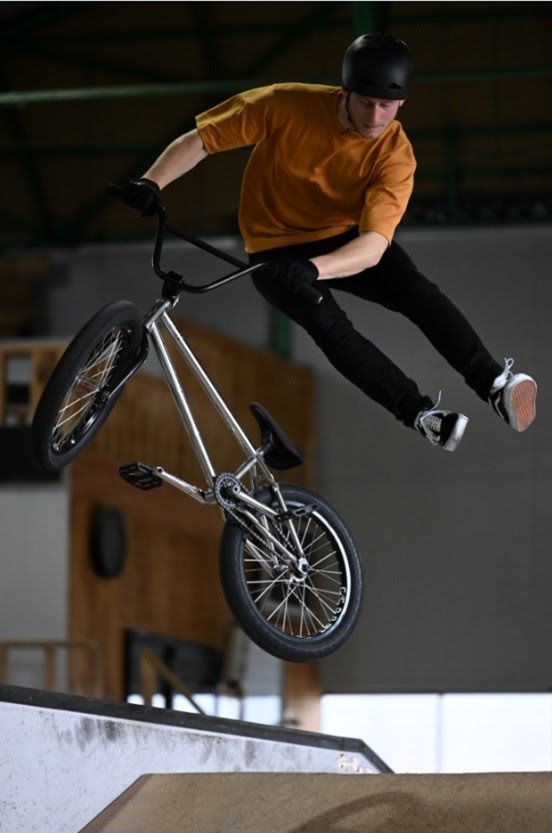
Photo: Jason Halayko.
With the NIKKOR Z 70-180mm f/2.8, users can also record videos with a natural shift in focus position, from foreground to background subjects or vice versa, with effective focus-breathing [6] compensation. Capture natural shots with the lens control ring that enables the focus and brightness to be changed slowly and smoothly. Even when the focus point shifts from one subject to another, the angle of view is maintained, creating smooth and natural videos with stable exposure. Regardless of the speed at which the focus ring is turned, the focus position moves in accordance with the rotation angle within the set angle range, enabling videographers to control the level of focus they need.
 Photo: Jason Halayko.
Photo: Jason Halayko.
The NIKKOR Z 70-180mm f/2.8 joins the NIKKOR Z 17-28mm f/2.8 and the NIKKOR Z 28-75mm f/2.8 in in a series of zoom lenses that provide f/2.8 maximum aperture options to photographers looking to expand their imaging expression. Nikon will continue to pursue a new dimension in optical performance while meeting users’ needs, contributing to the development of imaging culture, with the hope of expanding possibilities for imaging expression.
Footnotes:
[1] Depending on the subject, ambient lighting conditions, and the focus point selected, the camera may be unable to focus using autofocus or the focus indicator for electronic rangefinding may flicker while a teleconverter is attached. Maximum aperture will be reduced by 1 or 2 stops respectively when 1.4x or 2.0x teleconverters are used.
[2] Distance to end of lens from camera lens mount flange.
[3] Thorough dust- and drip-resistance is not guaranteed in all situations or under all conditions.
[4] Peripheries of images may not be sharp when shooting flat subjects in close distance with around 70mm focal length and around f/2.8 aperture. This is improved by stopping down the aperture.
[5] The minimum focus distance may differ from figures mentioned in specification when attaching teleconverters.
[6] Focus breathing may be noticeable depending on the distance between the lens and the subjects due to the characteristics of the lens.





Be First to Comment